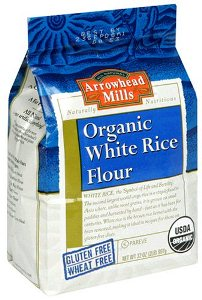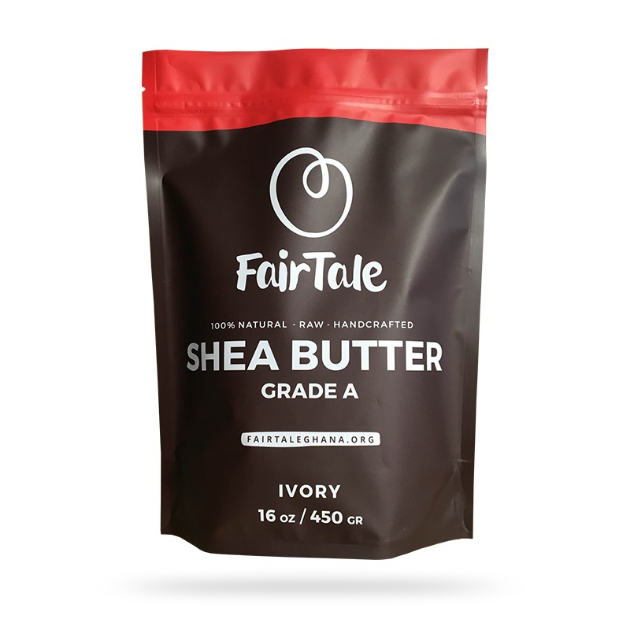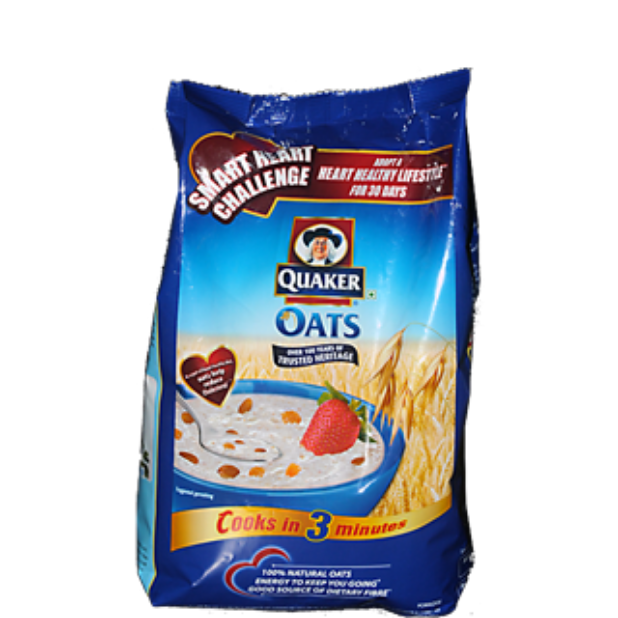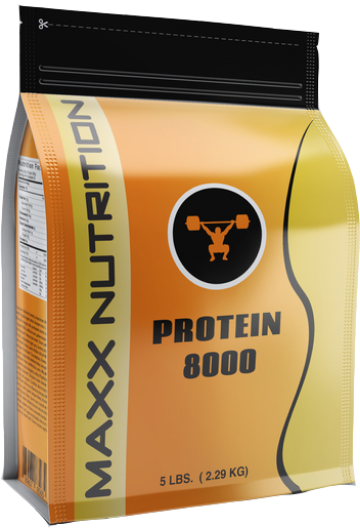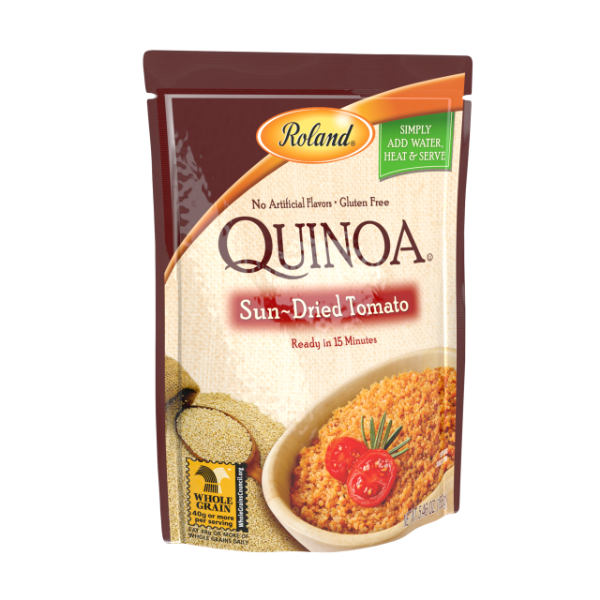Have you ever been through a really bad breakup? From high school through adulthood, most of us have a horror story or two of an ugly breakup. Depending on what side of the breakup you were on, you still might find yourself saying good riddance.
So, to our wonderful baby food packaging blog readers, I’m here to tell you that you’ve reached another breakup point in your life—and I’m not talking about your relationship status. We’re not relationship counselors or matchmakers, but we do happen to be experts in the packaging field, and we’re here to give you some sound advice.
The glass has got to go.
Put Down The Glass Baby Food Jar—It’s Time For Your Intervention
Once upon a time, glass packaging was the best thing since sliced bread. Glass containers lined the grocery store shelves and contained products from pickled eggs to strawberry jam. Glass will likely always have its place somewhere in the food market, but let’s face it: you’re taking a ste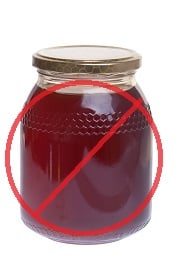 p back if you are still investing in glass packaging.
p back if you are still investing in glass packaging.
Embrace The Future With Flexible Packaging
You’re well aware that we’re no longer in the 1940s with only 2 or 3 options for packaging your food. You’re also likely aware that we’re in a new era of innovative, smart packaging options for you to explore. They don’t involve glass, but they do involve being more innovative and making a bigger impact with your consumers.
Why All The Glass Hate?
We don’t necessarily hate glass—we just believe there are better options. Glass can present a variety of problems for food manufactures; and a few of those problems can cost your company time, manpower, and wasted revenue.
For example, Beech-Nut recently recalled nearly 2,000 pounds of baby food. The culprit?
Glass fragments.
According to NBC News, small pieces of glass were found within a 4-ounce glass jar of Classics Stage 2 Sweet Potato & Chicken.
As of now, there have been no reports of any victims ingesting glass fragments. But imagine the damaged reputation and loss of trust if a baby ends up with a piece of glass on his or her spoon.
Beech-Nut is doing the right thing by ordering a voluntary recall, and we’re sure you’d do the same. But it’s obvious that there’s an easy workaround to never worrying about glass fragments in your food again—and that’s by switching to flexible retail packaging.
A Better Option For Beech-Nut
Barrier bags for baby food are still relatively new to the market, but they are gaining popularity. There has been some skepticism surrounding baby food packaging in the past, with critics claiming that they don’t help babies develop reflexes to help swallow solid foods. In addition, critics have also claimed that babies who use barrier bags grow up to become more self-absorbed.
While self-absorption and other claims are up for debate, one thing is certain for Beech-Nut: switching to barrier bags for baby food is the perfect solution to getting rid of glass troubles for good.
Why Barrier Bags for Baby Food Are Safe
If you have any doubt of the safety of packaging, try this data on for size: the military has used retort pouches since the 1960s to feed their soldiers. Retort pouches offered a safe alternative to transporting food to the armed forces, and the pouches were a no-fuss solution for hungry soldiers. They’re convenient, safe, and made a lot of sense for the situation at hand.
We can easily say the same for packaging for baby food. You won’t have to worry about your baby hurting himself with a baby food pouch. And as long as a responsible adult removes the lid and keeps it out of reach, there is virtually nothing for the baby to choke on.
Oh, and we forgot to mention—you won’t find any glass fragments in barrier bags, either.
Other Benefits of Barrier Bags
Aside from being entirely glass free, there are other benefits of using flexible retail packaging for baby food.
First, they are convenient. When busy moms and dads are on the go, sometimes it’s not practical to pull up a highchair and spoon-feed your baby right on demand. With barrier bags, your baby can essentially feed himself with your watchful eye close by.
Another benefit to choosing flexible packaging over glass jars: manufacturing costs. Glass jars for baby food can cost upwards of 60 cents per jar. When you compare this to the cost of baby food packaging, the difference is quite remarkable. Barrier bags for baby food cost between $.10 and $.25 cents per pouch (depending on the volume). That’s under half of the cost that you’d spend on a baby food glass jar.
Who doesn’t want to save a little bit of money?
Furthermore, barrier bags are lighter and easier to transport. This comes from both a shipping/transportation angle, and from the perspective of your customers. It can be cheaper to ship baby food packaging since they take up less space, which translates to using fewer trucks to haul your shipment.
And from your customers’ standpoint, it’s much easier to tuck away a baby food pouch in a diaper bag than a bunch of glass jars. You don’t have to worry about these pouches breaking open and spilling everywhere inside a diaper bag, resulting in nothing but a hungry baby and a big mess to clean up.
Rebuild Your Brand—Go Glass Free
As you can see, baby food in barrier bags just makes sense from several angles. They are safe to use, cheaper to manufactures, and easier for your customer to carry around than glass baby food jars.
You’re only steps away from glass freedom. Let’s work together to get your new baby food packaging in your customers’ hands. As always trust your packaging professional for help and guidance. Remember, it’s your product, package it properly!


